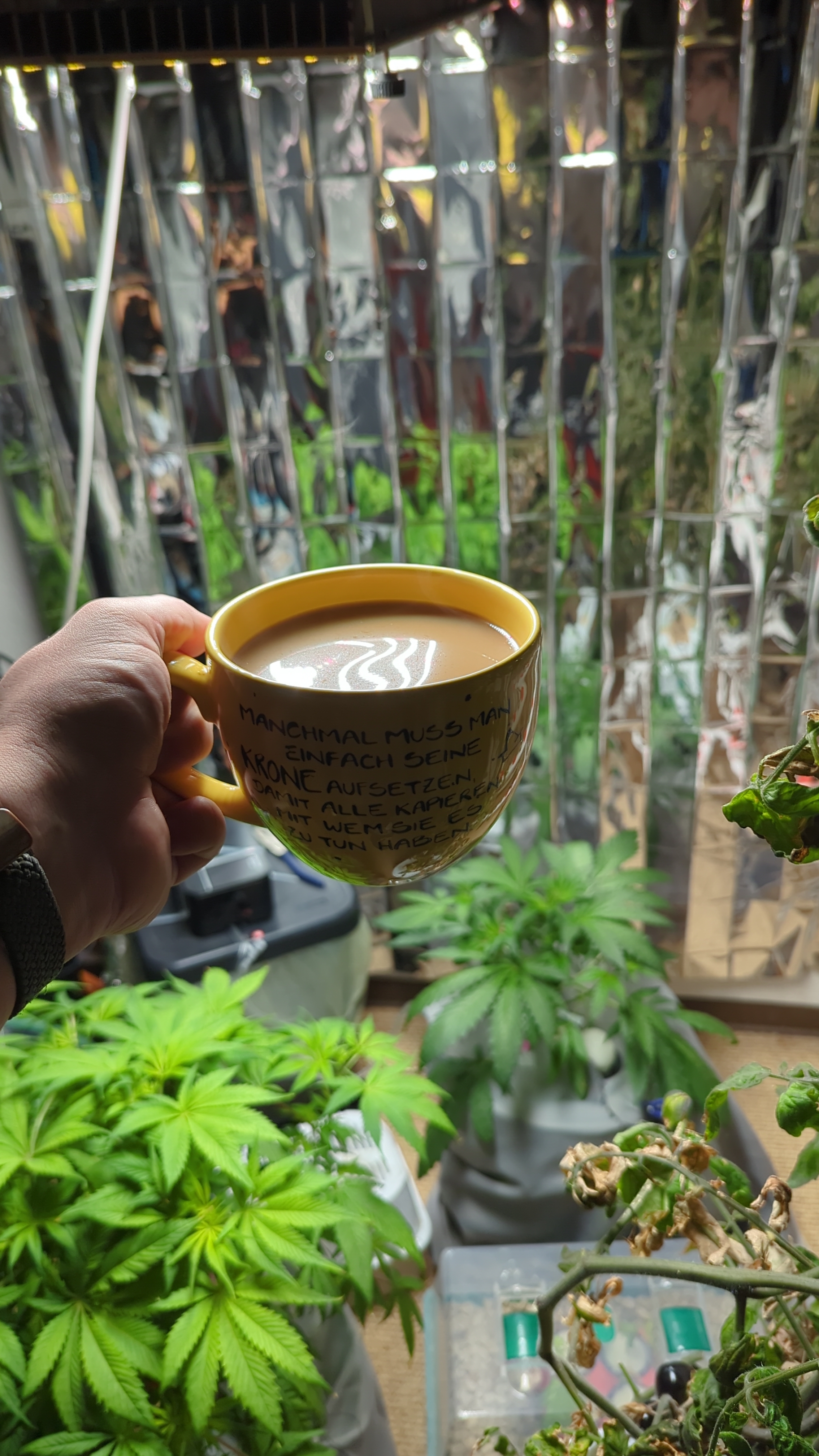I've become a huge fan of semi-hydro over the past year.
I've planted all of my 50 house plants into LECA (expanded clay pellets) or pon (special gravel mix consisting of lava rock, pumice, and zeolithe), and they're doing absolutely great.
(Too great if you ask me. They've become a weed in my apartment 😁)
Recently, I got into carnivorous plants.
Literally everyone is growing them in turf/peat or moss based substrates, and nothing else.
As we all might know, those substrates not only attract pests (fungus gnats, etc.), but are not that great for the environment.
This is why I came up with the idea of using hydroponics.
As soon as I began researching, I've come to the conclusion, that there's sadly pretty much no overlap between the hydroponics community and carnivorous plants community.
So, I started an experiment.
I've put my just-bought Sarracenia, previous in soil, into pon with a very small grain diameter.
This keeps the plants very moist, way moister than LECA would, at least the big marbles.
I soaked the granules with distilled water a few times, and then added a drop of diluted phosphoric acid to a pH of 4,5 and EC of 0,1 mS.
This is how the roots look after not only one week: 
And the plant itself: 
Pretty good if you ask me!
Sadly, Sarracenias need to hibernate, and this one started going crispy even in the store, which is apparently normal, so I've put it into my cold garage for a month or two.
I also started growing Drosera and Sarracenia from seed, but they didn't germinate yet.
I got a lot of different seeds from a hobbyist, but growing CPs from seeds is a huge pain from what I've read.
Here's a picture of my seedling/ cutting station:
 I will make a post about the station soon!
I will make a post about the station soon!
I also sew a few of them directly into the pot and covered it with foil.
In theory, the combination of fine substrate with high water level should provide the plants with enough moisture, while also letting the roots get exposed to a lot of oxygen, which keeps them very healthy.
But swamp plants are just different maybe, I don't know. Let's see...
And, last but not least, I bought two Nepenthes a few days ago.
I already placed one of them into LECA (8-16 mm).
They apparently grow similar to orchids, and not like swamp growing plants like venus fly traps or Drosera.
So, they rather need a airy substrate, normal pH (about 6) and even tolerate fertilizer.
They looked like this when I bought them:


I will keep you all updated!
Tags for search engines: LECA, hydroponics, hydro, semi hydro, carnivorous plants, VFT, Sarracenia, Drosera, Dionaea, Nepenthes, fertilizer, experiment, inorganic media, peat alternative, pumice, Seramis, pon


































 I will make a post about the station soon!
I will make a post about the station soon!














